Tumor Lysis Syndrome Signs
Tumor lysis syndrome signs. It is characterized by rapid development of hyperuricemia hyperkalemia hyperphosphatemia acute renal failure and hypocalcemia. Tumor lysis syndrome TUMOR LYSIS SYNDROME TLS is one of the metabolic oncologic emer-gencies identified by the Oncology Nursing Society1 TLS occurs when a large number of rapidly dividing malignant tumor cells are killed or lysed releasing large amounts of their intracellular components including electro-lytes into the systemic circulation. Tumor lysis syndrome sometimes happens after cancer treatment destroys tumors.
Dying cells release large amounts of potassium phosphate and uric acid into the blood. Hyperuricemia hyperkalemia hyperpho-sphatemia and hypocalcemia. Well go over the.
Vicious cycle of tumor lysis syndrome. If tumors break down too quickly the kidneys may have trouble disposing of tumor material. 3 Renal failure then inhibits the excretion of.
Hyperuricemia hyperkalemia hyperphosphatemia and hypocalcemia. 2 Renal failure occurs due to the precipitation of uric acid and calcium phosphate in the kidneys. However high clinical suspicion of tumor lysis syndrome is important in patient with hematologic malignancy.
1 This begins with tumor cells releasing phosphate potassium and uric acid. Assessment of tumor lysis syndrome Rapid breakdown of tumor cells with leakage of intra-cellular content leads to a classic tetrad of metabolic derangement. Laboratory tumor lysis syndrome requires that two or more of the following metabolic abnormalities occur within 3 days before or up to 7 days after the initiation of therapy.
Tumor lysis may lead to a spiral of progressive renal dysfunction as follows. The Cairo-Bishop Grading System used to classify and grade TLS defines lab abnormalities in serum uric acid potassium and phosphorus levels as a 25 increase over baseline and a 25 decrease from baseline in serum calcium levels. Tumor lysis syndrome TLS is a condition that happens when cancer cells die quickly.
Symptoms arise based on the. Guidelines for the management of pediatric and adult tumor lysis syndrome.
Tumor lysis syndrome is diagnosed by lab tests or by clinical signs and symptoms.
Increased nucleic acid breakdown and overwhelming purine catabolism result in hyperuricemia which is the hallmark of TLS. Vicious cycle of tumor lysis syndrome. Assessment of tumor lysis syndrome Rapid breakdown of tumor cells with leakage of intra-cellular content leads to a classic tetrad of metabolic derangement. Laboratory tumor lysis syndrome requires that two or more of the following metabolic abnormalities occur within 3 days before or up to 7 days after the initiation of therapy. However high clinical suspicion of tumor lysis syndrome is important in patient with hematologic malignancy. Well go over the. Symptoms arise based on the. Tumor lysis syndrome TLS is a series of metabolic disorders caused by massive lysis of tumor cells. Tumour lysis syndrome TLS is an oncological emergency characterised by metabolic and electrolyte abnormalities that can occur after the initiation of any cancer treatment but can also occur spontaneously.
If tumors break down too quickly the kidneys may have trouble disposing of tumor material. Tumor lysis may lead to a spiral of progressive renal dysfunction as follows. Symptoms arise based on the. Hyperuricemia hyperkalemia hyperpho-sphatemia and hypocalcemia. Guidelines for the management of pediatric and adult tumor lysis syndrome. What is tumor lysis syndrome. Well go over the.


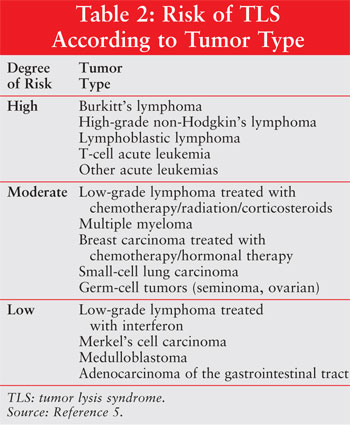

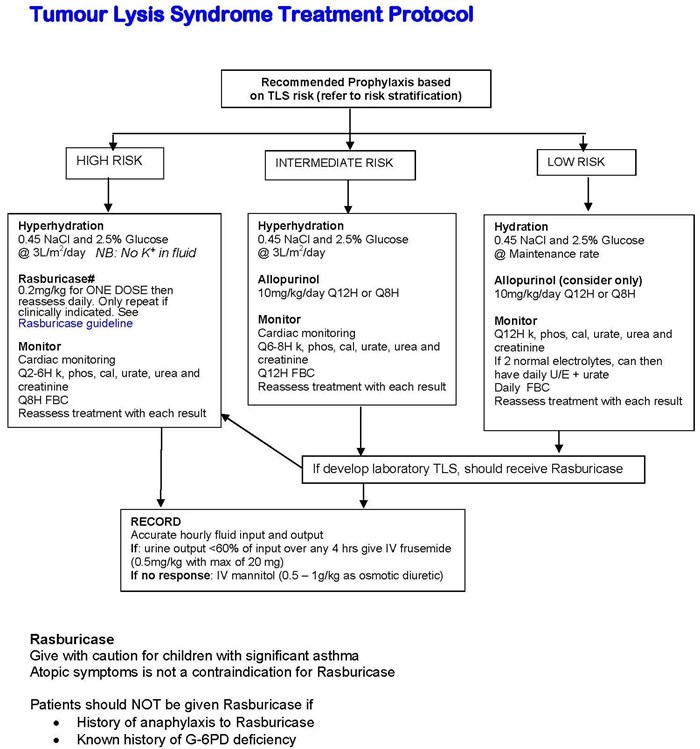


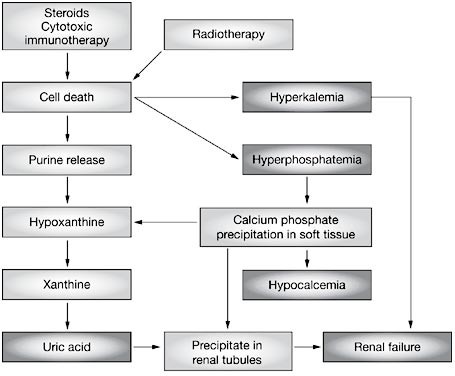






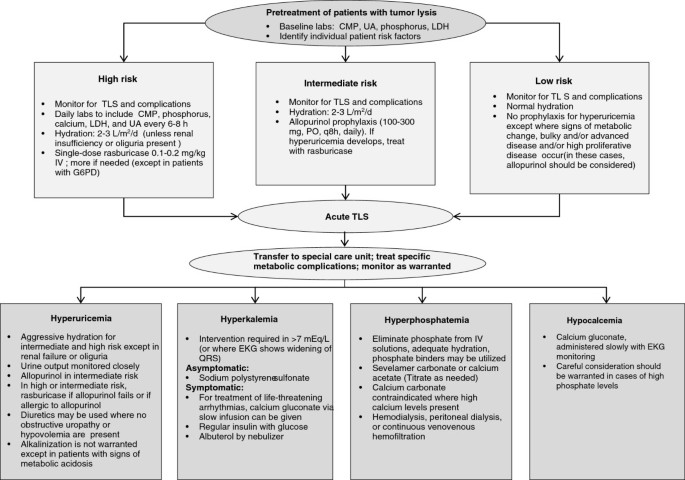


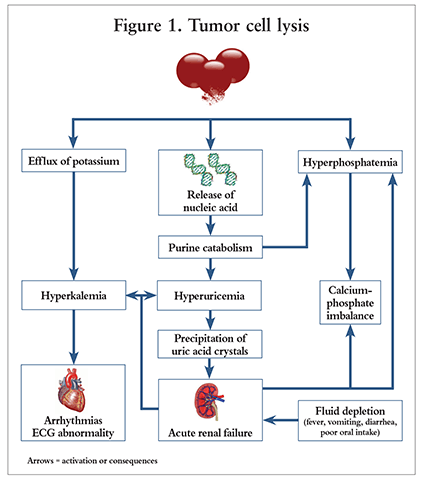
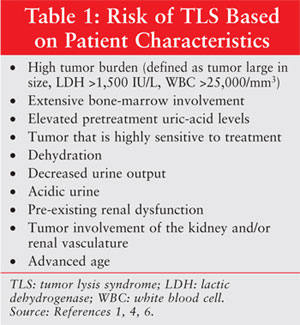




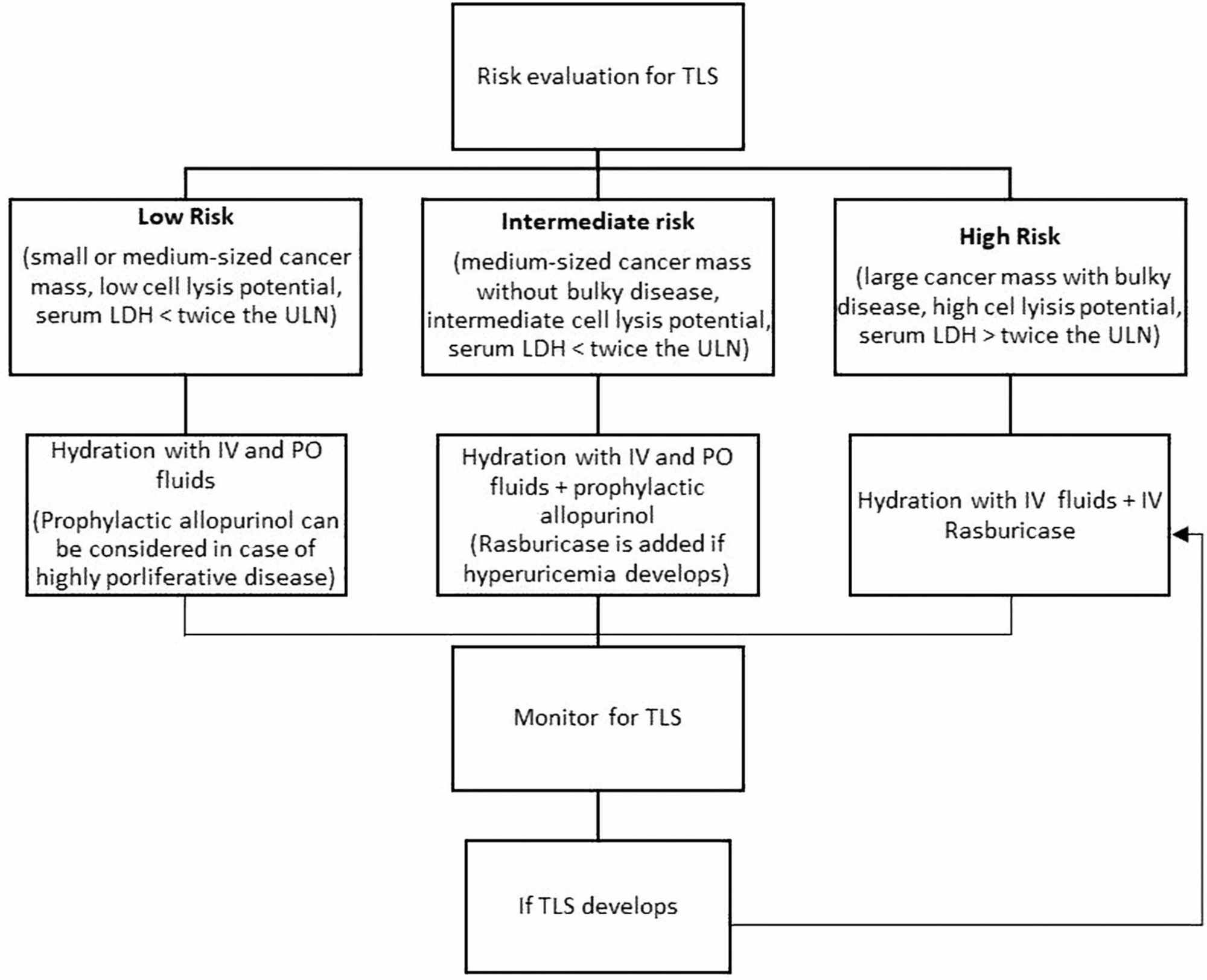

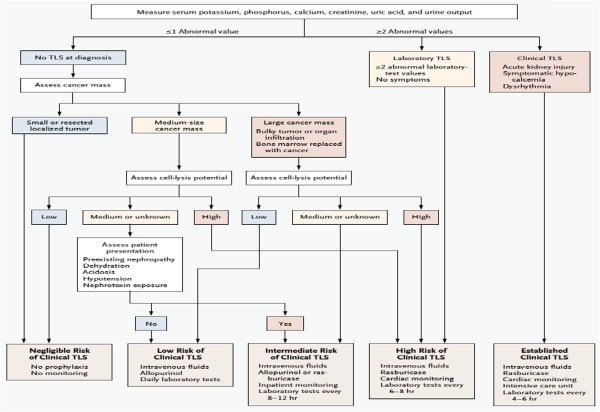
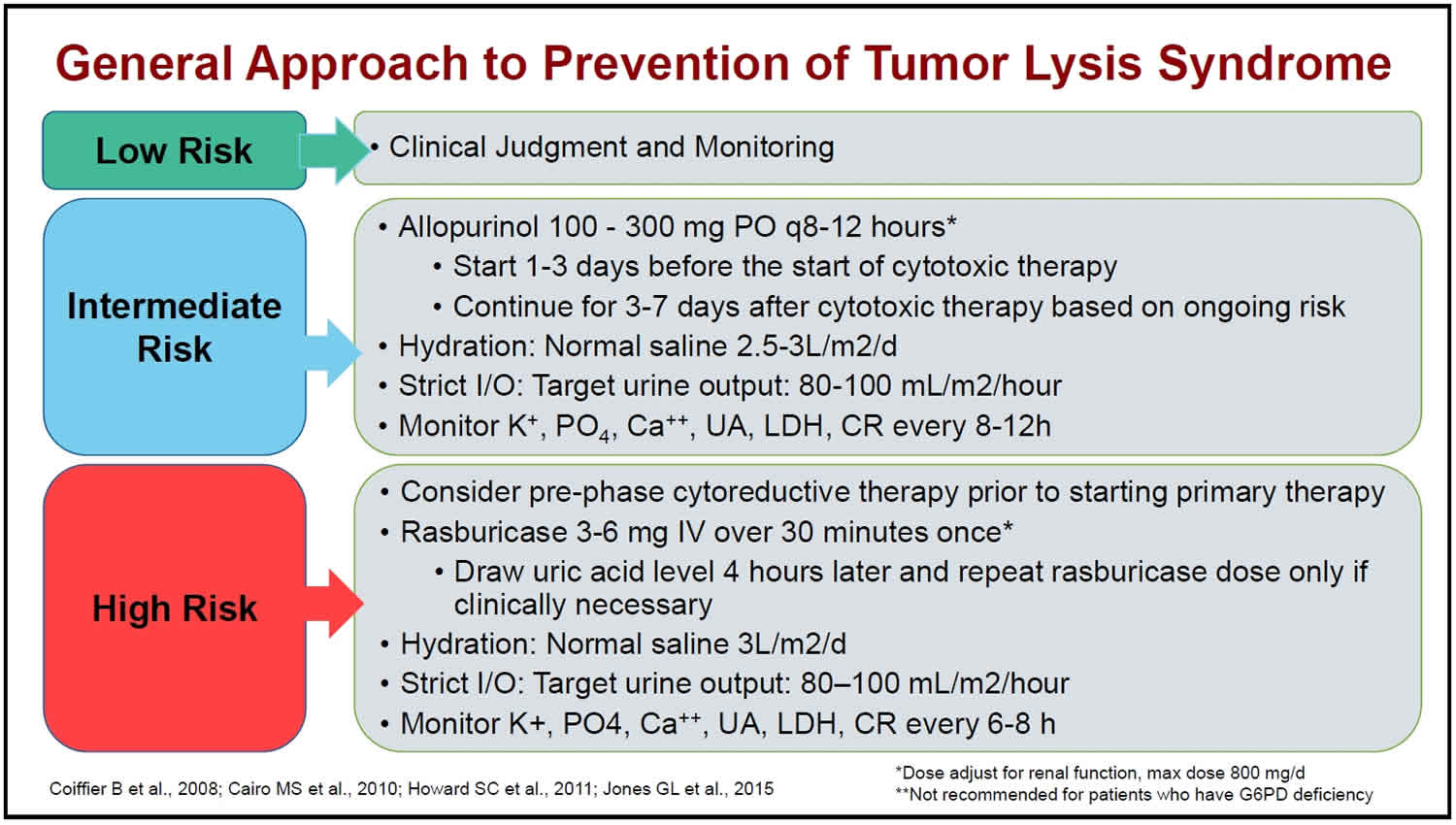
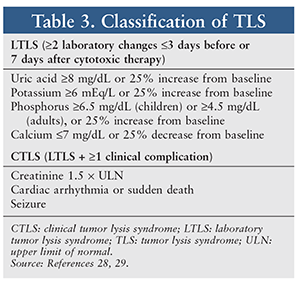









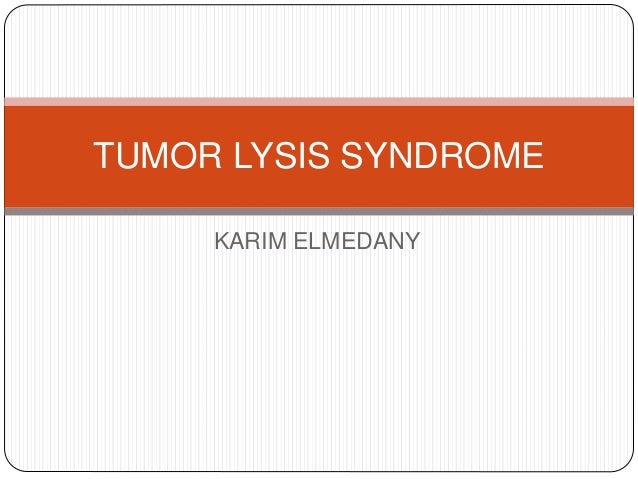
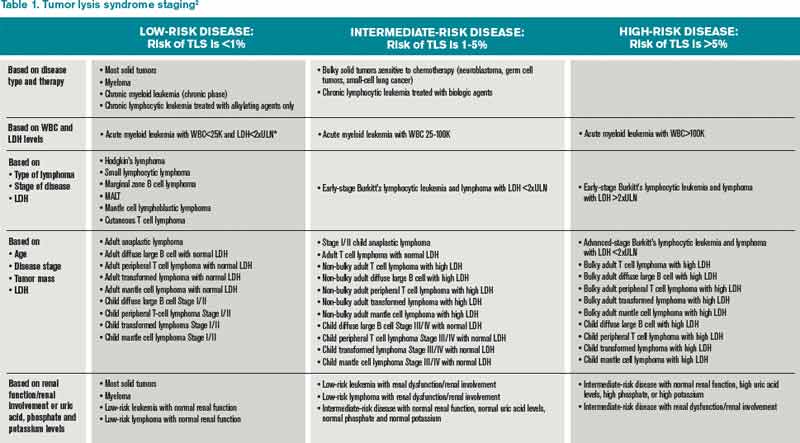



Posting Komentar untuk "Tumor Lysis Syndrome Signs"